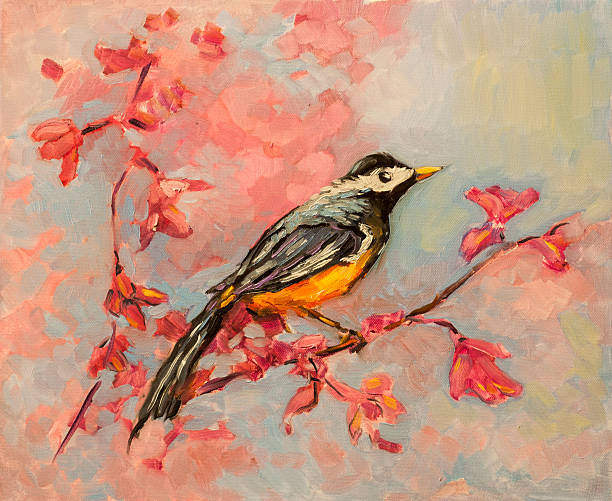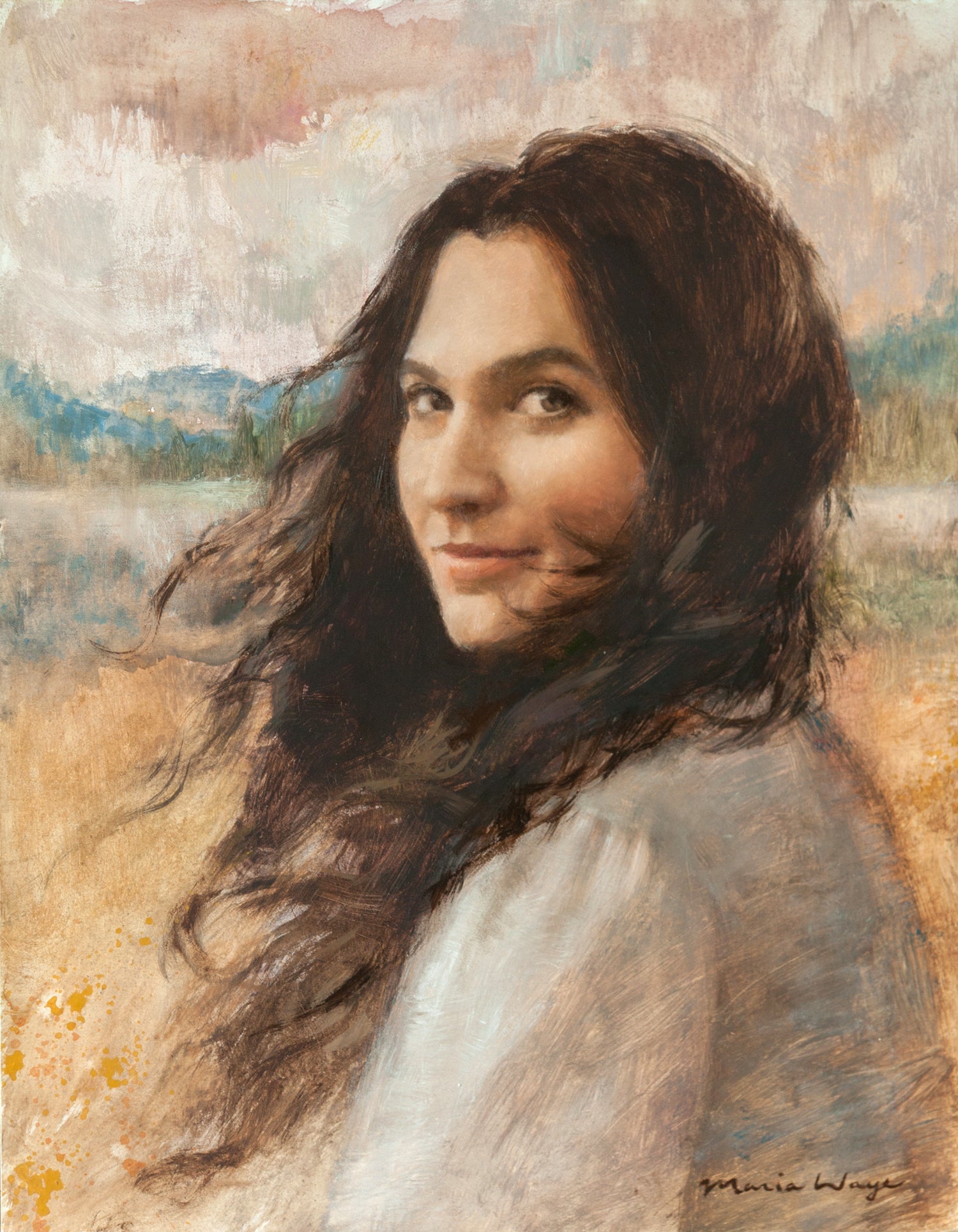The Benefits of Buying Oil Paints: Why They Are a Timeless Investment
The benefits of acquiring oil paintings expand past mere aesthetic appeals. These art work bring historic value and social value, making them beneficial enhancements to any type of collection. Their unique appearances and techniques add to an engaging aesthetic experience. Established artists usually see their job appreciate over time, providing a potential financial advantage. As one discovers the complex factors for buying oil paintings, the deeper effects of such a selection ended up being significantly apparent
The Visual Charm of Oil Paintings
The attraction of oil paints lies in their vibrant colors and abundant structures, which can change any type of room into a fascinating environment. These artworks have a deepness that captivates viewers, drawing them right into the complexities of the brushstrokes and the interaction of light and shadow. The glossy finish of oil paint boosts the aesthetic experience, enlivening scenes and topics in a manner that various other tools usually can not achieve. Additionally, the variety of styles-- from classic to modern-- enables for a diverse choice that can complement any type of décor. The emotional vibration communicated with shade selections and strategies includes a layer of link in between the art work and the viewer, making oil paints not simply decorative items, but powerful expressions of artistic vision.
Historic Relevance and Cultural Value
Oil paints function as necessary web links to a creative heritage, showcasing techniques and styles that have developed over centuries. They encapsulate cultural expressions and identities, mirroring the worths and narratives of their time. By obtaining these works, people add to the conservation of background and the admiration of diverse cultural heritages.
Artistic Heritage Preservation
While numerous might ignore the importance of imaginative heritage, acquiring oil paints plays a crucial role in maintaining social and historical stories. These artworks function as aesthetic documentation of their time, capturing the essence of social values, practices, and historic events. By obtaining oil paintings, collectors contribute to the protecting of social legacies, ensuring that future generations can learn and value from these imaginative expressions. Each item mirrors the unique story of its maker and the context in which it was made. Furthermore, the continued appreciation and screen of oil paintings in numerous setups help to promote an understanding of varied artistic motions, enriching the cultural landscape. For that reason, investing in oil paints is not just an economic choice yet an act of social stewardship.
Cultural Expression and Identity
Art functions as an effective medium for cultural expression and identity, showing the diverse narratives that form cultures. Oil paints, particularly, record the essence of cultural heritage, showing historical contexts and sociopolitical climates. Each brushstroke shares tales and emotions unique to certain practices, permitting viewers to engage with the musician's social background. This connection fosters a sense of belonging and recognizing among different areas. Furthermore, oil paintings typically serve as visual paperwork of cultural development, showcasing shifts in identity with time. The financial investment in these art work not only sustains musicians however likewise protects cultural heritages, making them considerable properties for collectors. Ultimately, oil paints improve one's gratitude for the ins and outs of human experience and the abundant tapestry of cultural identification.
Gratitude in Value With Time

The admiration of oil paintings in time is affected by numerous variables, including historic worth fads that mirror transforming tastes and cultural significance. Furthermore, the track record of the musician plays an essential role in figuring out the art work's market value, typically raising as the artist gains acknowledgment. Market demand changes can better impact prices, making oil paints a potentially rewarding investment for enthusiasts.
Historic Value Fads
As collection agencies seek to invest in concrete properties, the historical worth trends of oil paints disclose an engaging story of recognition with time. Historically, oil paints have actually demonstrated a consistent upward trajectory in worth, specifically for works by recognized artists. Economic cycles and market need have influenced these fads, with periods of increased passion typically leading to considerable price surges. Auction documents frequently highlight the impressive returns attained by famous pieces, additionally enhancing the notion of oil paints as viable lasting financial investments. In addition, social motions and shifts in collector preferences have actually sometimes spurred unforeseen appreciation, revealing that the art market, while somewhat uncertain, normally favors top quality oil paints. Subsequently, understanding these historic trends can guide capitalists in making informed decisions.
Artist Online Reputation Effect
While the reputation of a musician plays a necessary function in the recognition of oil paintings, it is essential to acknowledge that this influence can differ substantially based on a number of variables. Established artists, specifically those with a substantial historical or cultural influence, often tend to see their jobs appreciate much more quickly. On the other hand, lesser-known or arising artists might not experience the same degree of demand, influencing their artwork's worth. Additionally, the artist's ability to develop a regular body of work and maintain importance in the art world can affect long-lasting appreciation. Collection agencies usually seek jobs from musicians that are recognized by trusted galleries and establishments, which can better boost the worth of an oil painting over time, making artist credibility a crucial factor to consider in financial investment decisions.

Market Demand Fluctuations
Just how do market demand variations influence the admiration of oil paintings with time? The value of oil paints is inherently connected to market demand, which can vary based upon economic problems, fads, and collectors' preferences. In times of financial success, need usually rises, causing increased costs as even more buyers go into the market. Conversely, throughout economic slumps, need might diminish, creating values to stagnate or perhaps decline. Furthermore, the popularity of specific musicians can change, impacting their work's charm. Inevitably, comprehending market demand is essential for investors, as well-managed collections can appreciate substantially in time, reflecting both the talent of the artist and the more comprehensive market characteristics. This interplay emphasizes the significance of tactical acquiring in oil paint financial investments.
Unique Appearances and Techniques
Oil paints mesmerize visitors with their distinct appearances and techniques, showcasing the artist's mastery over the medium. The thick application of paint, understood as impasto, produces a three-dimensional effect, welcoming touch and enhancing visual deepness. Musicians typically employ various brush strokes, layering, and polishing approaches to accomplish complex details and luminescent colors. This versatility permits for rich contrasts and subtle shifts, making each art work distinctly expressive. Additionally, the sluggish drying time of oil paint allows artists to blend colors flawlessly, leading to vibrant tones and smooth gradients. These methods add to the painting's overall personality, making it a compelling focal point. Each oil painting works as a sign of the creative thinking and skill inherent in traditional imaginative methods.
Adaptability in Home Design
The one-of-a-kind appearances and strategies of oil paintings not only display creative skill but likewise enhance their adaptability in home design. These art work can effortlessly complement different indoor styles, from modern minimalist to conventional sophistication. Oil paints work as focal points, drawing focus and stimulating discussion amongst visitors. Their abundant shades and depth can integrate with different color schemes, making them adaptable to altering layout trends. Additionally, the emotional resonance of oil paintings can produce ambiance, whether it be warmth in a cozy living space or vibrancy in an imaginative work area. By integrating oil paintings, home owners boost their rooms, changing them into thoughtfully curated environments that mirror individual preference and imaginative appreciation. Inevitably, oil paints are an enduring option for boosting home appearances.
Connection to Popular Musicians
While several art kinds can stimulate appreciation, buying oil paints usually establishes an one-of-a-kind link to prominent artists throughout history. Possessing an oil painting permits collectors to involve with the innovative visions of masters like Van Gogh, Monet, and Rembrandt. Each brushstroke embodies the musician's intentions, emotions, and strategies, providing insight into their globe. This connection transcends time, as each item brings a story that shows the cultural and historic context of its development. Enthusiasts not only get a masterpiece yet also a piece of the musician's heritage. As art lovers check out the stories behind these paints, they gain a deeper appreciation for the workmanship and artistic activities that shaped their development, boosting the worth of their investment.
Emotional and psychological Benefits of Art
Art regularly functions as an effective driver for emotional and psychological wellness. The existence of oil paintings in a home can stimulate a variety of feelings, from harmony to inspiration. Their lively shades and elaborate details supply customers an escape, enabling representation and consideration. Studies recommend that involving with art can reduce tension and stress and anxiety, cultivating a feeling of calm. Additionally, possessing initial art work can create an individual connection, improving feelings of pride and delight. This psychological bond usually causes a deeper appreciation of one's surroundings, changing a home right into a home. Eventually, the emotional benefits of art expand beyond aesthetic appeals, adding to general psychological wellness and improving life experiences.

Regularly Asked Questions
How Do I Choose the Right Oil Painting for My Space?
Selecting the ideal oil paint includes considering the space's color design, size, and overall aesthetic. One must evaluate individual preference, the paint's psychological impact, and how well it complements existing design before choosing.

What Factors Influence the Worth of an Oil Painting?
The value of an oil paint is affected by elements such as the artist's reputation, provenance, historic importance, market, rarity, and condition need. Each component adds to overall worth and worth among enthusiasts.
Just How Can I Look After and Keep My Oil Paint?
To look after and preserve an oil painting, one must on a regular basis dirt it with a soft fabric, prevent direct sunshine direct exposure, control moisture levels, and think about expert cleaning to preserve its vibrancy and integrity.
Are There Certain Musicians Recognized for Their Oil Paints?
Various artists are renowned for their oil paintings - oil paintings for sale. Remarkable numbers include Vincent van Gogh, Claude Monet, and Rembrandt, each celebrated for their unique techniques and payments to the art globe through vibrant, distinctive oil tools
Where Can I Acquisition Genuine Oil Paints?
Genuine oil paintings can be bought from trustworthy galleries, art fairs, and on the internet platforms specializing in fine art. read more Collectors should confirm the credibility and provenance before purchasing to guarantee an important investment. Historically, oil paintings have actually shown a constant upward trajectory in value, especially for jobs by recognized artists. While the reputation of an artist plays a vital function in the gratitude of oil paintings, it is essential to recognize that this impact can vary substantially based on a number of elements. Oil paintings mesmerize viewers with their distinct structures and techniques, showcasing the musician's mastery over the medium. While lots of art types can evoke appreciation, purchasing oil paintings typically establishes an unique connection to distinguished musicians throughout history. The worth of an oil painting is affected by elements such as the musician's online reputation, provenance, historical value, condition, rarity, and market need.